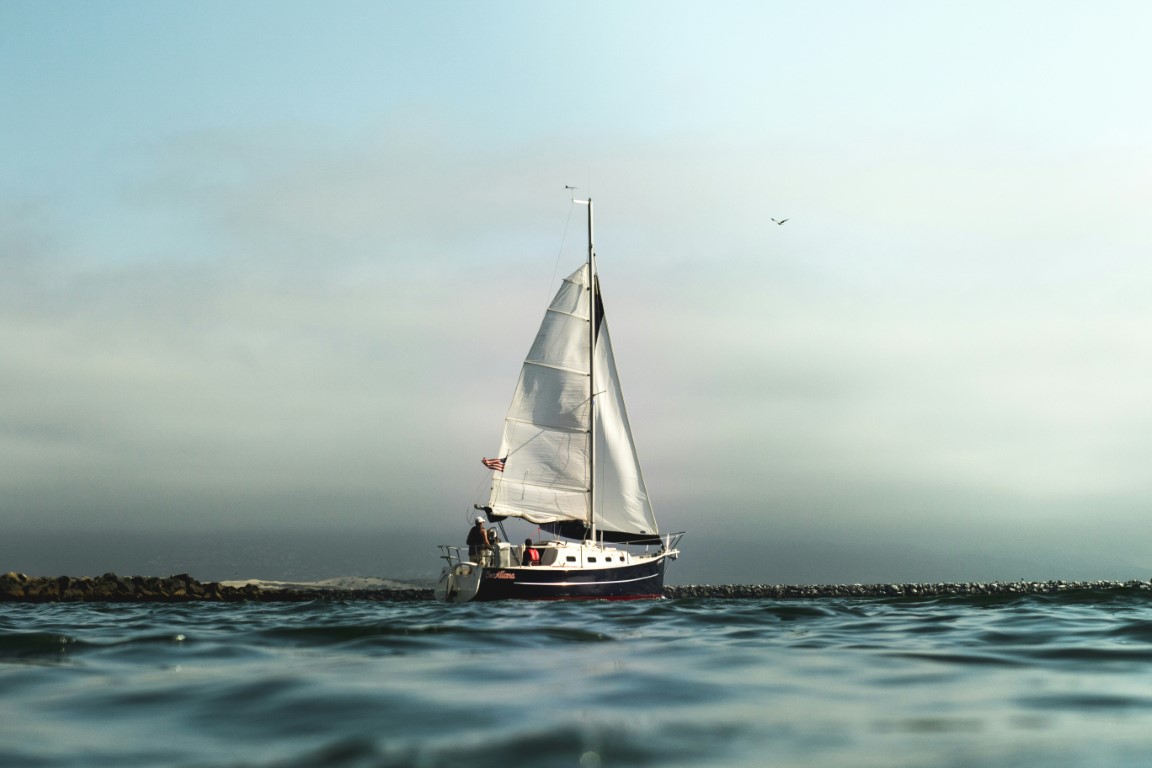If you’re in the market for a sailboat or just comparing different models, you’ve likely come across the term “D/L displacement to length ratio.” It’s probably what brought you to this page. Essentially, the D/L ratio is a metric that allows you to easily categorize and compare sailboats. It works similarly to other key ratios, like the capsize ratio or comfort ratio. So, without further delay, let’s dive into more details.
What is the Displacement-Length ratio (D/L) of a sailboat?
This ratio takes into account the boat’s displacement and length, offering a straightforward method for comparison. Its simplicity, relying on just these two factors, makes it an attractive option for a quick initial assessment. However, due to its simplistic approach, its interpretation can be somewhat limited. At its most useful, the D/L ratio can give you a general idea of a boat’s range, from a lightweight racer to a sturdy bluewater cruiser.
How do you calculate the Displacement-Length (D/L) ratio of a sailboat?
As explained before, the calculation is pretty simple. The two factors required are length and displacement. The formula is outlined below. What is important here is to understand what is meant by displacement and length in this context. Different manufacturers consider different lengths; some include features like a bathing platform or a bowsprit, while others may refer to an empty unloaded boat when stating the displacement.
For an accurate comparison, it makes sense to compare apples to apples. Ideally, this would involve the loaded boat with its equipment and the length at the waterline (LWL). Since it is usually not really possible to get actual figures for displacement without significant effort, you probably have to rely on the manufacturer’s data. But since the D/L ratio should only be used to provide a general indication, it should be good enough.

The easiest way of getting the data and also the calculated ration is to search your vessel on sailboatdata.com
So how is the DLR calculated for our own boat, a Fellowship 28? Lets take a look at the relevant specifications:
- Displacement: 7,937 lb
- Waterline length (LWL): 23.62 ft

So this means the Fellowship 28 has a Displacement-Length ratio of 268,89 and is therefore considered to be a moderate cruising boat according to the formula.
Categories of the DLR
The resulting ratio from the calculation can then be classified according to the table below. A higher number indicates a boat that is heavier relative to its length. Boats with heavier displacement are generally known for providing more comfortable rides (for more details, refer to the comfort ratio) and should be capable of carrying more load. On the other hand, a lower ratio suggests a boat with lighter displacement, which is better suited for racing or fast cruising. This also means, if you have a particularly heavy boat, it will require a larger sail area to perform well. A useful metric that helps with understanding sail area in comparison to displacement is the SA/D (Sail Area to Displacement) ratio.
| Displacement | D/L |
| ultralight | <90 |
| light | 90 – 180 |
| moderate | 180 – 270 |
| heavy | 270 – 360 |
| ultraheavy | >360 |

